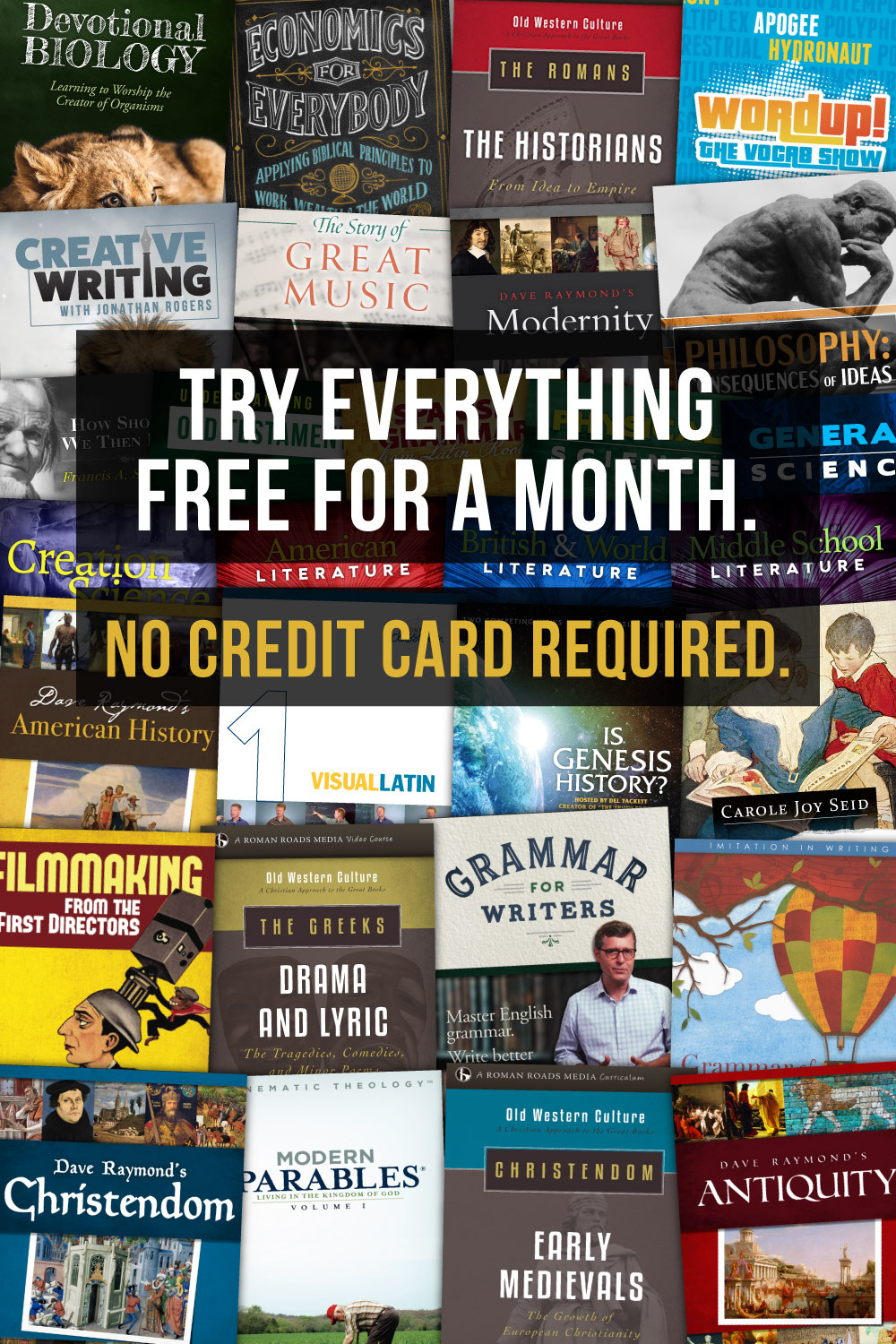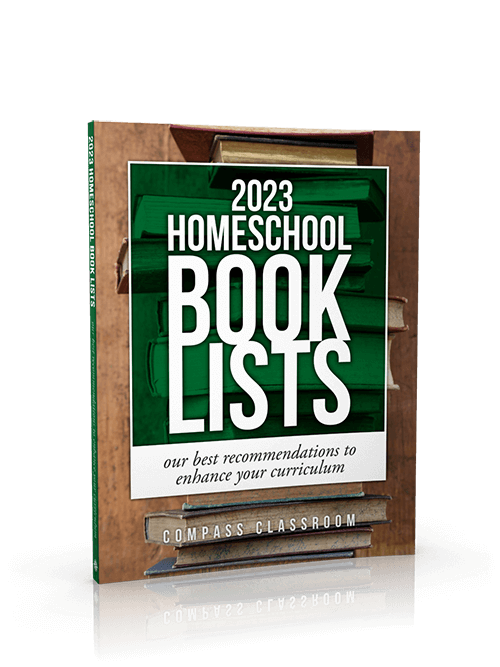
Books are written about experiences.
Science experiments, hypotheses, and theories have been fleshed out over time, and captured in words and charts. The wealth of knowledge is inherited by the generations that follow. But why let others have all the fun? As homeschooling families, we can recreate and emulate many of the great scientific experiences in our own backyards.
Much of my time as a student in the K-12 years was spent reading about experiences that others had. We read about great men and women who broke scientific barriers, and often paid a price for daring to challenge what was considered true. We were told to challenge everything. In this sense, we learned to challenge the standard methods for teaching science.
Science comes to life when, instead of reading about gravity, you build an enormous block tower, then pretend to be Godzilla. The blocks fall, but why? You jump on the trampoline with your little homeschoolers, who watch as you reach the peak of your leaps, only to descend back down. We watch a fascinating video about what causes gravity, then drop two items of different masses from the same height. The hypothesis they scribbled down came to life. The twinkle in their eyes tells the story; they get it, and their minds are blown.
Science comes to life when, instead of being lectured on the boiling and freezing point of water, you heat up water with a thermometer sticking out of the pot, watching as the mercury rises. You make ice pops, slide them into the freezer and discuss the states of matter. We learn the Fahrenheit temperature at which water freezes, then convert it to Celcius, and their world grows.
Science comes to life when we plan a day trip to the beach. Before leaving, we spend time learning about the moon and its gravitational effect on the Earth’s tides. We play while the tide comes in, and their priceless little castles are invaded by incoming waves where they were once safe. These moments will become memories, and one day they will sit next to their own children, toes in the sand, explaining the process. No classroom lesson can have such an impact.
The examples are infinite, and the underlying point is priceless. No teacher at a brick and mortar can give your child a memory as meaningful as you can as a parent/caregiver. Any moment can become “teachable,” particularly with science.
As you walk through the world with your precious little, you are peppered with questions about how things work. Whip out your phone, make note, and simply say; “let’s dig deeper when we get home.” Just like that, you have the next concept to explore.
The lessons then begin to impact their daily lives, and they live smarter. For instance, the concept of germs and hand washing has come up on the way into the grocery store. I tap into my phone “micro bacteria/pathogens.” At home, we explore the concepts behind how germs are spread, and even look at some viruses at the microscopic level. The next time we walk into the store, my little pumpkin runs up and grabs the sanitary wipe, jogs over to me and says, “we have to protect from viruses.”
Science comes to life because it’s all around us. Homeschooling families can foster the idea that we should be lifelong students. Showing a genuine interest in how things work and having a thirst for knowledge will be passed on through osmosis. With a little effort and planning, the important principles can be taught while allowing your lovelie to feel like they can explore what interests them.
[clickToTweet tweet=”Make life a classroom, and you can’t fail. #homeschoolisthebestbecause #everydaygraces” quote=”Make life a classroom, and you can’t fail.”]
Make life a classroom, and you can’t fail.

Jenivieve Elly is a graduate of the College of Education at the University of South Florida. She is a homeschooling, work from home mom, who has created hundreds of pages of SEO tuned content for web publication. Her current mission is to document her creative parenting techniques and homeschooling skills to inspire others to take the plunge. For more on Jenivieve, visit her website Homeschool Educational Resources and find her on YouTube.







Leave a Reply